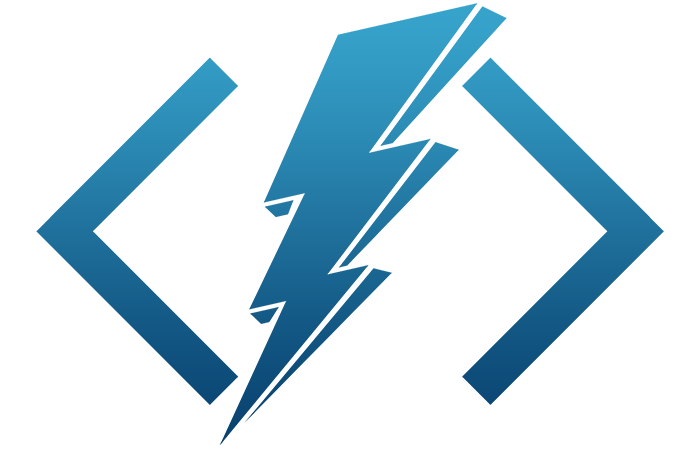Hello Guys,
In our previous blog we have seen one of the important feature of Power Automate Flow which is Concurrency Control. Today we are going to explore Geofencing in Power Automate Flow.
Do follow us to know more about Dynamics and Power Platform. Also if you like our blog then please comment and share this blog with your friends.
First of all let's understand what is Geofencing?.
Microsoft Power Automate provides a feature which is Geofencing which can be used to define an area or a fence around a location. The feature allows users to create a location range that triggers a flow when a mobile device enters or leaves the location range. This enables certain flows to automatically run.
We can understand Geofencing by the example of Roaming SMS notification which we have received many times whenever we are entering or leaving a particular cellular network.
Microsoft Power Automate Flow provides the Geofence trigger which allows user to trigger the flows from the geolocation sensor of the mobile devices. It allows flows to run hands free based on entering or exiting certain geographical areas.
We can use Geofence feature of Power Automate flow for various cases:
For example we can use this feature for notifying Customer or Manager about Sales Person entering or exiting customer's location.
We can record time spent based of Check in and Check Out.
Geofencing is based on Location-based trigger which means we need to ensure that we allow location access to MS Flow app on our mobile devices and smartwatches.
Click on "When I enter or exit an area".
Now click on Create Trigger Region and configure the region where you want to trigger the flow.
Click on Save. Now add a new step and configure it as shown below:
So our flow is ready now.
Now to run this flow we need to visit the location along with our mobile device. We can not test this flow manually. I have already visited the location and got the notification as shown below:
When we open this notification we are getting output as shown below:
Also we can check the Flow Run History.
Note: You can create one more step which is Parse step, after the first step and can retrieve TransitionType node which specifies entering (1) and exiting(2) location.
Hope it helps...










Comments
Post a Comment